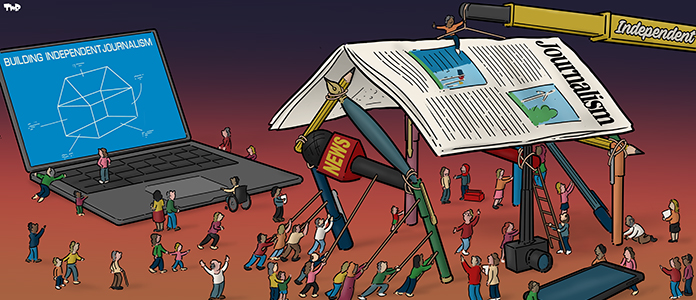On 9 November 1989, the zonis, as the "people of the zone" were called in West Germany, were suddenly able to cross the todesstreifen, the death strip which had separated them. All of a sudden, they were no longer au pied du mur or with their backs against the wall as the French and English expressions go. It was no longer a question of faire le mur, to go over the wall by escaping and risking your neck. There was no longer the need to negotiate muro contro muro (wall to wall). The fight between the east and the west was like fighting against a wall of rubber: lottare contro un muro di gomma, as the Italians say, in a fight without end.
It’s hard to imagine the life that the Germans had before: at that time, communicating with the west was like parlare con un muro, talking to a wall or, peculiarly, like throwing peas against a wall (jak grochem o ścianę) if you're Pole. When they can’t communicate with the other side, the Germans say that there are walls of silence – their mauer des Schweigens is like talking to a brick wall for English speakers. Fortunately, between you, me and these four walls, secrets most probably crossed barbed wire fences, despite the fact that English and Polish walls have ears (sciany maja uszy). It was no longer the time to be a wallflower (Mauerblümchen in German), Time to stop leaning against the wall (podpierać ścianę), in a Polish reference about not being invited to dance at a party. That day, there was no more driving people up the wall. From France to Poland, it was time to face the wall together - fare muro, as the Italians say, by ultimately smashing it down.
Do you like our work?
Help multilingual European journalism to thrive, without ads or paywalls. Your one-off or regular support will keep our newsroom independent. Thank you!












